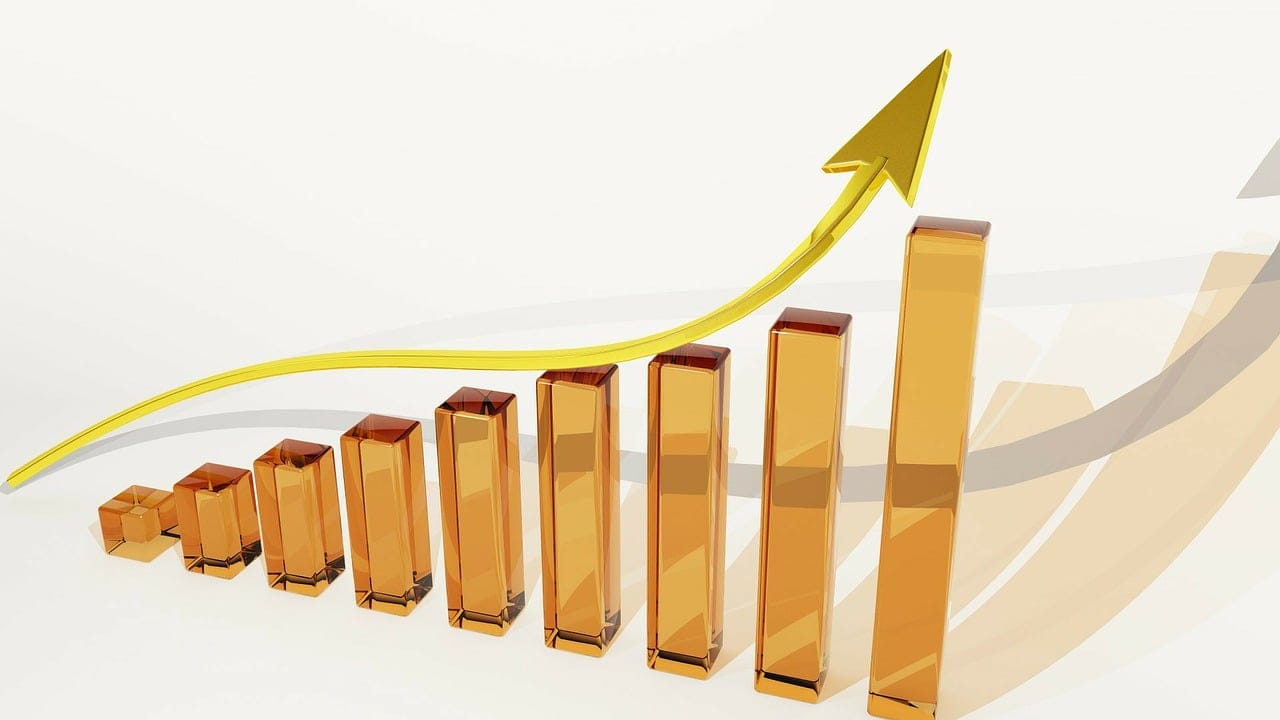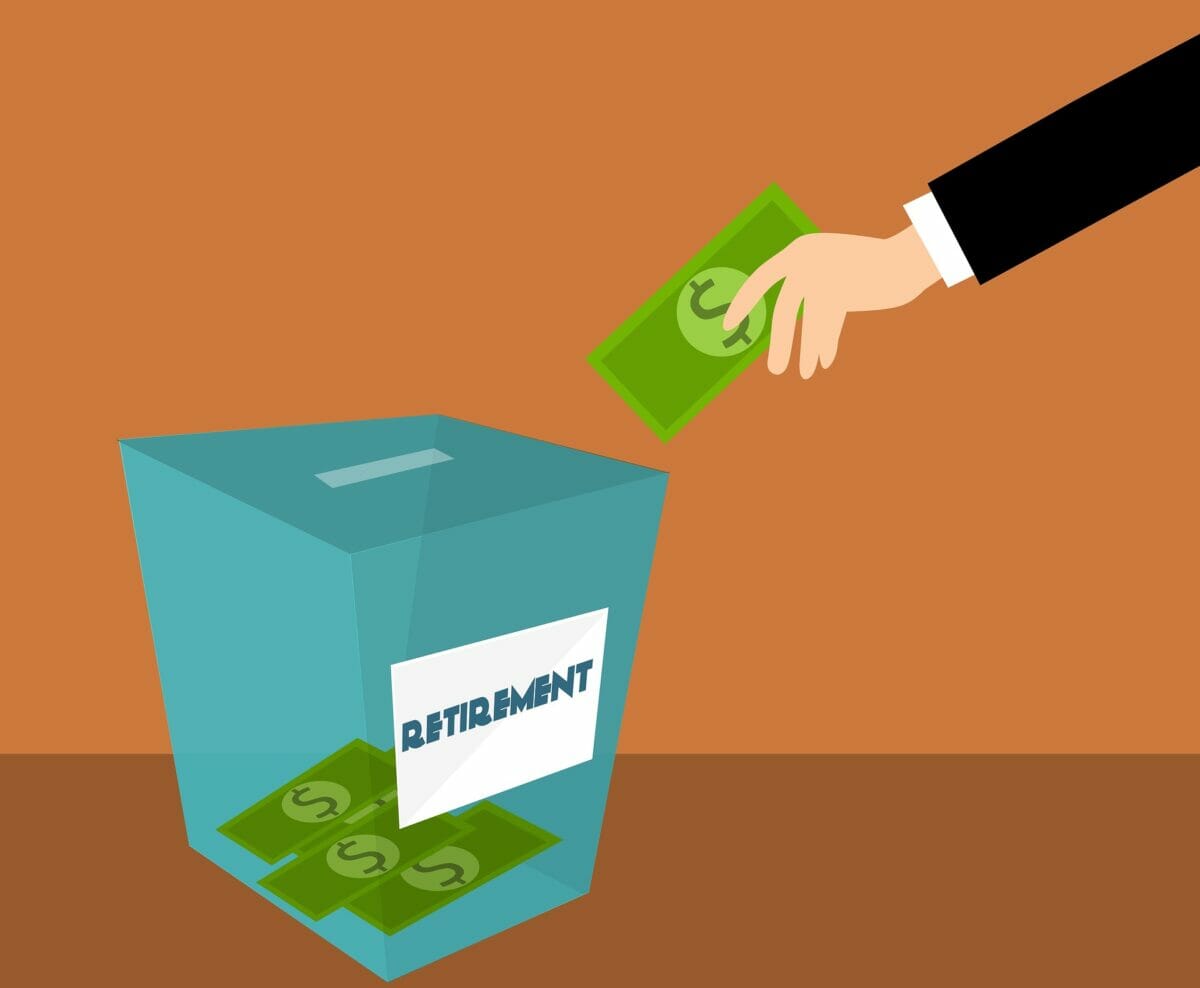Claire Trott, Divisional Director – Retirement and Holistic Planning at St. James’s Place, comments on HMRC’s annual Private pension statistics:
Pension contributions continue to increase.
“Personal pension contributions have been on the increase since 2016/17 and the year 2021/22 was no different, although the increase is only minimal. This is slightly surprising given the cost-of-living crisis was impacting individuals, having really started in late 2021. We may see more cutting back in the following year due to the pressures increasing over that period. This means that the amount of tax relief granted has again increased, but we should remember that in order to get higher rates of tax relief you do need to pay these higher rates of tax.
“The headline figures for tax relief always appear staggeringly high, but we should remember that they also increase the relief on investment income as well as the tax that would have been paid should employer contributions have been paid as income. The income tax on the employer contributions makes up the majority of this relief (59%), rather than just being paid to the high earners. In addition, employers will be receiving significant national insurance savings, compared to if they paid these contributions as immediate salary.
“Alongside this, the average contribution has dropped slightly as membership has increased a little again following the significant drop in 2020/21. This is likely to be because those who struggled to continue membership of a scheme in Covid are now getting back on their feet and into regular work.”
Annual allowance
“The value of pension contributions attracting annual allowance charges dropped in 2020/21 following significant increases since 2015/16. But this bounced back higher again in 2021/22 with both the total number reported and the total value reported increasing significantly in 2021/22. It is difficult to pin an actual reason for this significant change, but it is at least partly because of the changes in tapered annual allowance with a drop from £10,000 to £4,000 as the lowest a person could be tapered to. However, less people should have been impacted by the taper due to the increases in the adjusted and threshold income figures. The budget changes, increasing the annual allowance and tapered annual allowance from 2023 should mean that this will come down again in the long run which will be a positive to savers.
“The complexities in this area make it very difficult for individuals to plan and get it right, without professional help. Those in public sector schemes are left at the mercy of legislation and timing of pay reviews which mean they can be impacted inadvertently with no way to control this.”
Lifetime allowance
“Although we now know that lifetime allowance charges are a thing of the past from April 2023, these statistics yet again show significant increases in the charges applying year on year to individuals with the number reported and the overall value increasing again. This is likely to be because of the frozen allowance hitting harder as funds continue to grow. We welcome the removal of these penal charges but still await the full legislation of the replacement tests, which appear more complexed although hopefully more generous for those drawing income.”

















